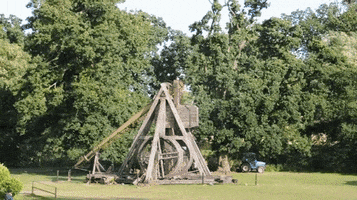The Spitfire lost for almost 50 Years
The "real life" of Dunkirk.Built at Southampton in 1939, this Supermarine Spitfire Mark 1a was issued to No. 19 Squadron at RAF Duxford in April 1940. On 10 May 1940, Germany invaded France and the Low Countries, pushing the British Expeditionary Force (BEF), along with French and Belgian troops, back to the French port of Dunkirk. By the end of May 1940, Germany's rapid advance through north-west Europe had forced Allied troops back to the coast of the English Channel.
Stranded on the beaches of the French port of Dunkirk, the BEF faced certain capture that would have meant the loss of Britain’s only trained troops and the collapse of the Allied cause. The Royal Navy hurriedly planned an emergency evacuation – ‘Operation Dynamo' – to get troops back to Britain.
On 26 May operation Dynamo began, which included the Royal Air Force sending all available aircraft to protect the evacuation. No. 19 Squadron Leader Geoffrey Stephenson piloted Spitfire N3200 on its first and only operation as he led his squadron on a patrol to cover the evacuation of Allied forces.
After shooting down a Junkers Ju 87 Stuka dive-bomber, Stephenson was himself shot down. He crash-landed on a beach at Sangatte, near Calais, and was captured. Stephenson remained a prisoner for the rest of the war, including a period spent at Colditz Castle, while his Spitfire gradually sank under the sand.
Stephenson continued his RAF career after the war but was killed in 1954 . . . . His Spitfire was recovered from the French sands in 1986 after strong currents revealed it, more than 45 years after it sank. The wreckage was excavated during the spring of that year and, though largely intact, very few parts could be salvaged.
The Spitfire was restored to flying condition and returned to the air in 2014, before it was donated to IWM in 2015 . . . housed in the very same hangar that No 19 Squadron’s Spitfires were kept during the war.





